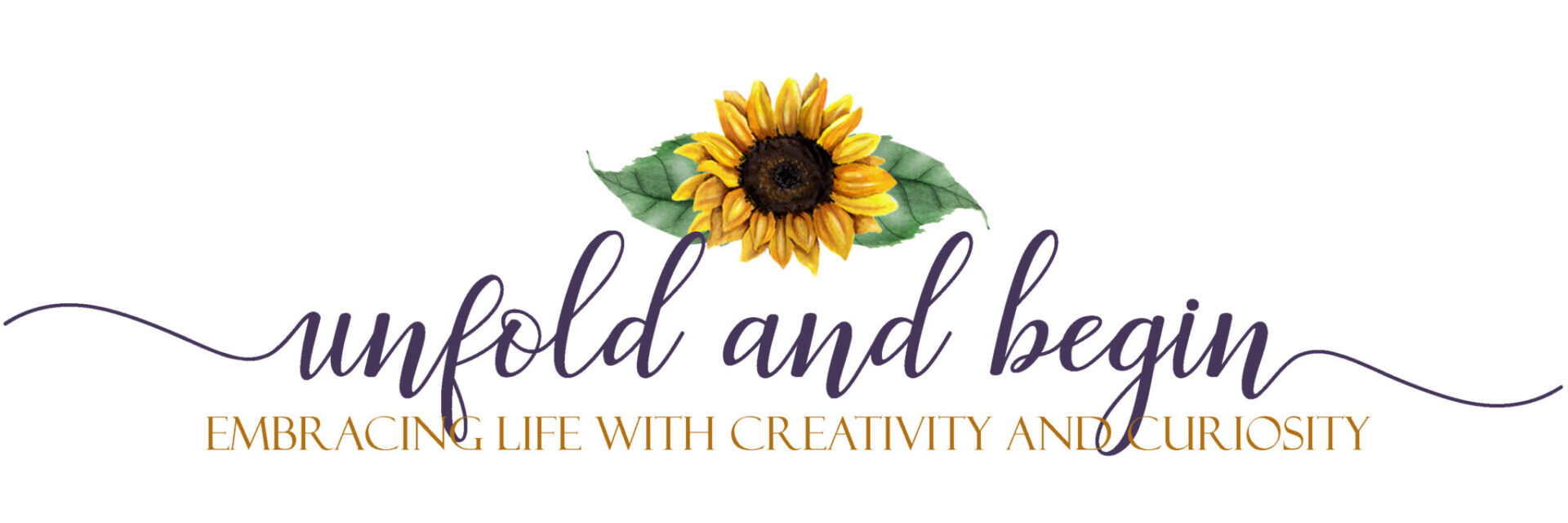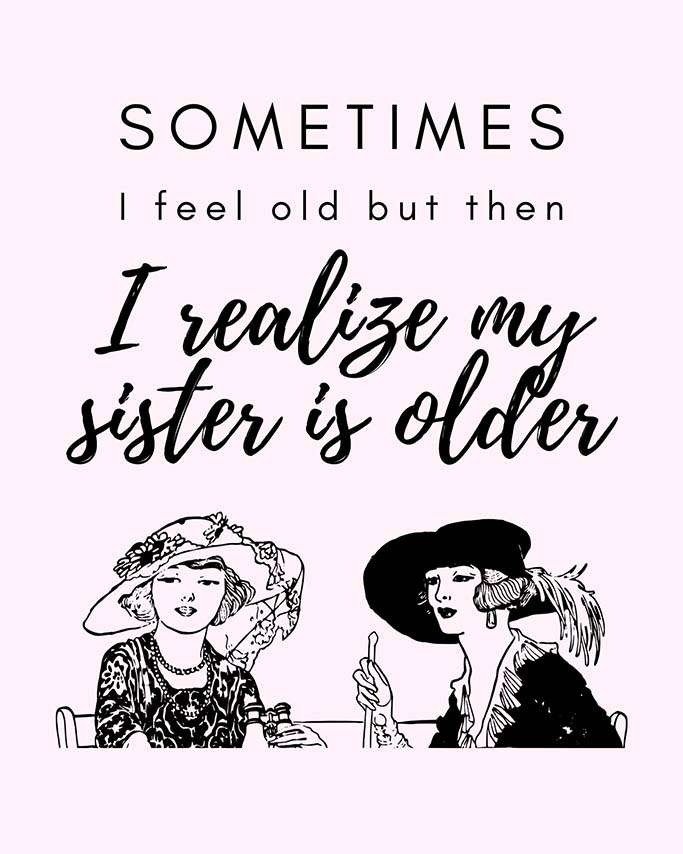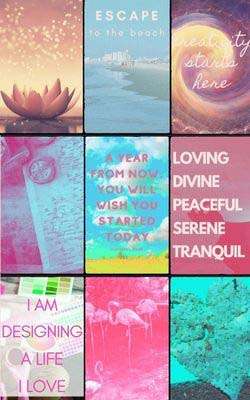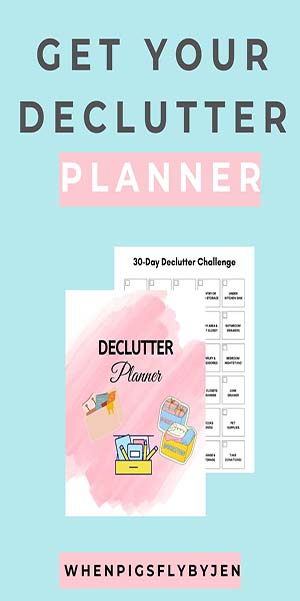Usually, I can be found posting about trying new things, creativity, rolling through midlife, or Vision Boards but today, I’m going to write about my go-to blog resources. I don’t normally write about blogging tools, preferring to share content creation and writing inspiration. But I use these blogging resources, so my goal is to share what works for me.
This post is updated from an earlier post that I created. I’ve changed out some resources that are no longer working for me, added some new ones and updated the links. You can read this in order, or just go to the section that is relevant to you and your blog.
Creating a Brand New Blog
First, you’ll need to pick out a name and decide your niche. BUT please, please! don’t get too caught up in it either. I’ve seen too many potential bloggers get paralyzed by wanting to create the perfect blog, with a magical number of posts already created. And then instead of publishing that first post or ten, they get obsessed with perfecting the details. Just stop. Hit publish and see where it takes you. It might take you in a completely different direction than you originally planned.
I’ve seen plenty of bloggers start with one idea and then transition to a new one once they figured out what they preferred to write about, or once they saw what was resonating with their readers. There are plenty of name generator sites out there, but I’m not listing them as a resource because all they do is take your three or four words to describe your blog and then spit back out blog names using only those words.
You can do that on a piece of paper. (Haha, had to throw that one in there! Moleskine journals are my favorite playground for my words.) Find something meaningful to you, or just use your name. There are a lot, and I mean a lot, of bloggers who started out with one blog URL and then changed their name because they decided to create a brand. So even your blog name doesn’t have to be set in concrete.
Next, you’ll need to pick a host. There are plenty of hosts out there, and I’ve found that many of them are all owned by the same companies. One of those companies is EIG, and they own a lot of different host companies. You will find lots of different links for different hosting companies, but if you’re just starting out, start with one that not only doesn’t charge a lot upfront but also doesn’t charge a lot once the intro special is over.
I’ve used others in the past, but right now, I like NameCheap for domain hosting. This link is for 65% off of shared hosting.
You will be able to find your domain name (aka your blog or website name) sign up for it, and then sign up for web hosting. Once you have your hosting nailed down, you can load WordPress onto your site. WordPress is a free platform that you can use to build your blog. The great thing about WordPress is that while it seems overwhelming, there are a lot of great videos out there, plus WordPress has tutorials on how to use all that it offers. If you ever have a question about what to do, just research it, and you will find the answer.
You can also take WordPress courses through Skillshare.
Pick a Blog Theme
Picking a theme is also important, it’s the format or layout of your blog. For those just starting out, you can grab any of the available free themes. I highly recommend any WordPress-specific theme as you know they will be kept up to date. Staying up to date is important; you’ll get not only the latest and greatest plugins (kind of like apps for your blog) but the latest and greatest security.
But if you’re ready to take it to the next step with a theme, I highly recommend the Divi theme from Elegant Themes. They have great tutorials on their website that show you how to upload Divi and how to create blog posts within their theme.
No matter what theme you decide upon, be sure it’s a Responsive theme. Responsive means that your theme adapts to the different browser sizes out there. You want to make sure that your blog looks good across the spectrum, from desktops and laptops to tablets, and mobile phones. If not, some people won’t even look at your blog if they can’t easily read it on their mobile phones.
Make Your Blog Look Good
The fonts you use and the color choices you make will play a part in how your blog is received. The content you create and the images that you use will also be important.
Blog Beautiful – 50 Tips & Fixes to Make Your Blog Glow by Marianne Manthey, who specializes in web design. The book is written for both Blogger and WordPress users. It includes tips on how to make all of your pages look great. It starts with setting goals for what you want the overall look to be and then covers headers, footers, sidebars, your posts, and the images you use.
The World’s Best Grammar Checker. Grammarly. When you blog, you want to make sure that you’re not only spelling words correctly, but that the sentence structure is ok as well and that it flows when you read it. That’s where Grammarly comes in. It even spots when you’ve added extra space between words or sentences. Use it. It’s helpful.
For my images, I use Canva.com. There are plenty of options out there, but I find this is clear and easy to work with, especially if you don’t have a background in using Photoshop. All of the images that I create on my site are through Canva. I upload a lot of my own pictures, but Canva also offers free images as well as ones that you pay for. Each image you might buy is only $1.00, which I find very reasonable. There is also a Pro version, but if you’re just starting out, stay with the free version for now.
Deal Jumbo is another place I get images from, and you will usually find deals here! There are always freebies and weekly bundle deals that you can download for 5 or 7, or 9 dollars. The images all come with extended rights for personal and commercial projects. This means you can also upload these Deal Jumbo images into Canva to create your Pinterest image and you can upload them into Zazzle and create products. Make sure to always check what rights are being extended.
Growing Your Blog Community
As for email, there are many programs out there. If you’re just starting out I recommend MailerLite, which is free to use for up to 1000 contacts. So if you’re building your blog slowly, you don’t want to pay out monthly fees for emails that you’re only sending to 25 or 50 people. MailerLite offers templates to create your emails, you can drop in your logo to keep everything branded.
Let’s Get Social Together
This can get complicated. There is so much to go over. The big thing to take away from here is to find the 2 to 3 platforms you’re going to rock. If you’re into Twitter and Instagram, and Facebook, then use them like crazy. If you like Pinterest the best, then rock it out. Unless blogging is all you ever do, it’s not possible to be truly active in all forms of social media. Especially considering how quickly new types come along each day.
Pick what interests you, and then rock it like crazy. This is important because algorithms change regularly with these platforms. The more active you are, the better your chances of being seen by your readers. The below order is of importance to me. If you click the links below, you’ll be taken to my pages on these platforms. Please feel free to follow.
Pinterest – Pinterest is the scrapbook of the internet, and I mean that in a good way. Want to curate images for your decorating project or recipes? Go to Pinterest. Want to create a travel bucket list, find great blog posts, or pick your next outfit? Same place. Pinterest is also the place where you will entice potential readers to click over to your blog. Follow me on Pinterest.
Twitter – Reach out to people in 280 characters or less. You can tweet teasers about your blog, links to your blog, or anything else you feel like tweeting about. You can also connect with other people through Twitter. Follow me on Twitter.
Facebook – The old tried and true. My biggest recommendation for Facebook is that you have to do more than just post links to your blog. Interact with people. Share other people’s things. Ask questions. Have fun. Follow me on Facebook.
Instagram – If your blog has a lot of pictures, this is the place to be. Instagram is even the place to be if your blog doesn’t have a lot of pictures. What does matter are the pictures that you share on Instagram and how you connect them back to your blog. Follow me on Instagram.
Monetizing, Affiliates, & Side Hustles or How to Make Some Dollar Bills (y’all)
Making Sense of Affiliate Marketing is a great course from Michelle Schroeder of Making Sense of Cents. Michelle regularly makes over $50,000 in affiliate income from her blog. I like how she set up the progression of this course. Making Sense of Affiliate Marketing includes step-by-step instructions on how Michelle sets her blog up and her posts to get the most interest for her links.
Paid by Pinterest – Your First Affiliate Sales in 24 Hours. This course is offered by Elise from House of Brazen. Paid by Pinterest – Your First Affiliate Sale focuses on how you can use Pinterest to generate interest, clicks, and income. I like this course, and I did see more click-throughs to my posts with affiliate sales once I started using the methods in this course.
ShareASale is an affiliate program. Through this link, you can sign up to be an affiliate for Freshbooks, Stella and Dot, Warby Parker, and more. You can get links for inside your posts or banners to show as ads. Signing up through ShareASale gives you access to over 3500 affiliate partners all under one roof with one reporting and payout system. So much easier to track that way.
Amazon Affiliates. This is another way to earn money. There are many ways to use your affiliation with Amazon. You can create ads within your content. You can link out to something for sale on Amazon, etc. An example would be doing a book review on your blog and having an Amazon Affiliate link to the book. If a reader clicks on it and buys the book, you earn a small commission.
Need another side hustle to earn additional money?
I love to get discounts and earn cashback while shopping. And this is the best way to do it!
Rakuten. I LOVE this because they pay me to shop! If you sign up for Rakuten, you can shop almost anywhere and get discounts and cashback. If you sign up using my link and spend at least $25.00 then you’ll earn $10.00. Not only will you get a discount from the store that you’re buying from, not only will you get a small commission from Rakuten for shopping at that store but they will also pay you an additional $10.00 for trying them in the first place. I like getting free money…how about you?
If you continue buying through Rakuten you will continue earning money back on what you spent. The dollar amount varies based on the merchant. Rakuten also runs special discount days, especially around the holidays. At Christmas one year, I spent $450.00 buying presents, got a double discount on my purchases upfront, and then also got over $40.00 in cash back. Yes, cashback, is sent right to my PayPal account. Who doesn’t want to get paid while shopping for things that I’m going to buy anyway? Living the dream!
That is the list as it is so far. I will continue updating as I have more and learn more. If there is something that you feel is missing from the list and you want to know more, then please let me know. I’ll look into it, and in the meantime, I hope you enjoyed this post.









Love this post! Wish I read it when I started mine. These are really excellent tips!
Amazing post and suggestions for creating a blog!
XO, Emma
http://emmalenhart.com
I love Canva and use it all the time too and Grammarly has saved me numerous times.
Both are priceless! I love that Grammarly picks up on on the extra spaces that I sometimes leave in between words.
These are all super helpful. Never looked into Bloglovin’. Will have to give it a go!
Always something helpful in your posts. I have used Canva since it came out. It’s a nice resource. Of course, it was far more user friendly before they started “improving” it. Sigh.
That’s always so true of everything technology-related.